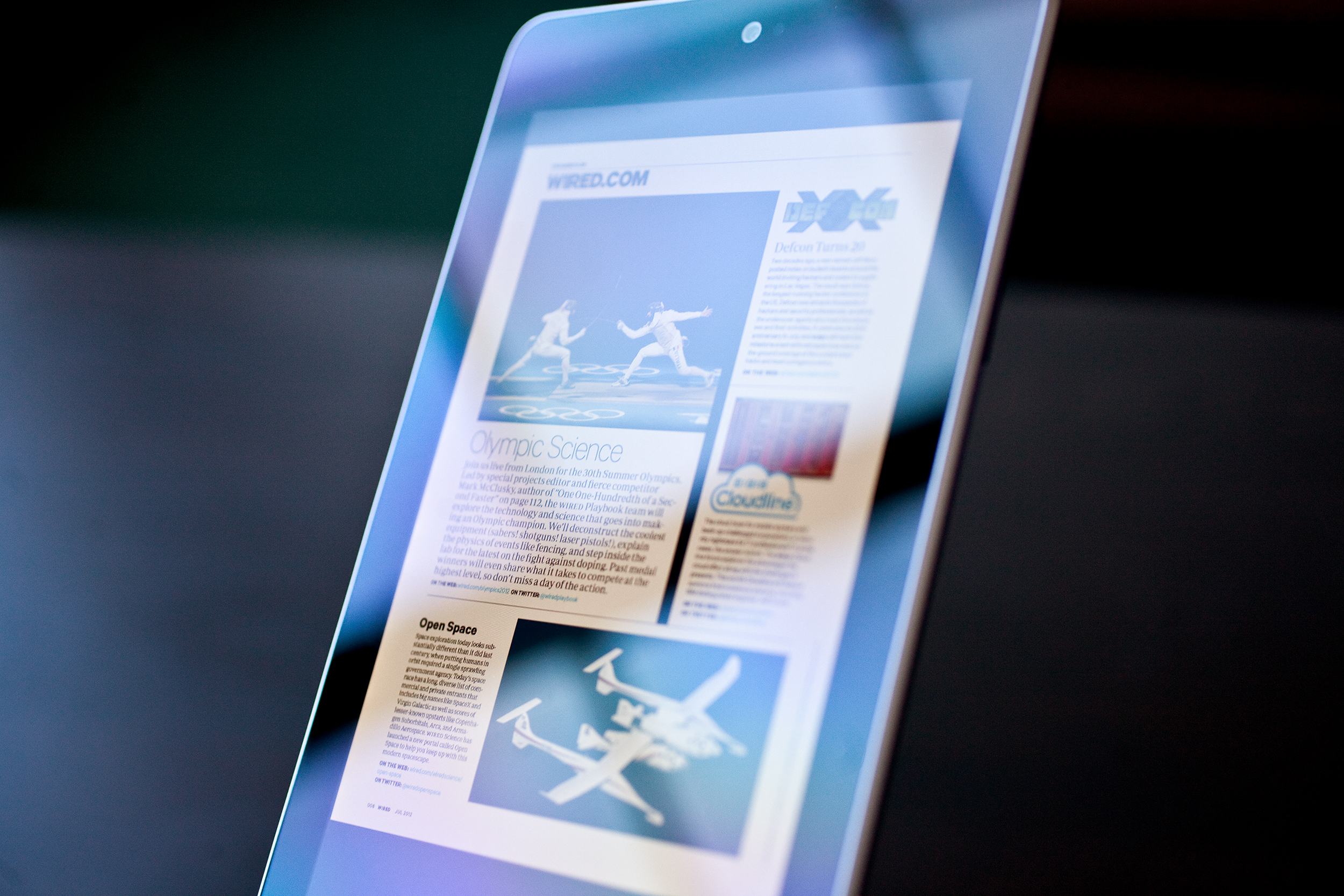Amanda Wigginton, data and insight specialist, shares her pick of campaigns that demonstrate how magazine brands deliver for advertisers.
With a presentation to brand marketers as part of ISBA’s ‘101 Knowledge Session’ to pull together, I was looking for great examples that showcased the importance of magazine media and how effective it is as part of the media plan.
The best way to show what magazine media can do for an advertiser is through real-life stories and proof points < insert blatant plug for Magnetic’s new case study hub here > and as luck would have it there are plenty, all designed for you to share and utilise.
Here are just some of the ones I used in my ISBA presentation.
Trusted Brands and Environments Make Change Happen
At the heart of magazine media, regardless of platform, is professional quality journalism. Content that is an essential ingredient for building trust, and why advertisers and consumers put their trust in publisher brands.
And this trust manifests in many ways – whether it’s Computer Weekly working tirelessly with the postmasters to make their case heard, or a brand using the Good Housekeeping Institute logo to add credibility to their product. Magazines don’t let you down.
The most powerful evidence is where magazines have created change for good.
Grazia and ‘We Can’t Consent to This’ raised awareness of the Rough Sex Defense campaign, gathering 10,000 signatures and MP support. The result was a new clause published in the Domestic Abuse Bill that could help in the defense of future cases if approved.
The Department of Education partnered with Hearst to run a multimedia campaign across Cosmopolitan, ELLE, Digital Spy, Men’s Health, and Red, showcasing how teachers have shaped people’s lives. As a result, 27% of respondents said they would consider a career in teaching, while 13% registered on the Get Into Teaching website.
Bauer Media launched the #IWalkWithWomen initiative in response to the murder of Sarah Everard, using their print and radio brands to partner with GoFundMe and create a centralised fundraising hub.
Relevant context really matters
Using magazine brands doesn’t just provide the opportunity to target an audience with a particular interest; it also allows advertisers to engage with them while they are thinking about their favourite subject or passion.
Advertising forms part of the experience for consumers and is not considered interruptive.
57% of magazine media consumers agree that advertising is part of the experience. Additionally, 67% are more likely to pay attention to an ad if it is relevant to the content they are viewing.
The partnership between BBC TopGear, PUBG, and Aston Martin brought together an iconic editorial brand, a beloved video game, a classic car marque, a Formula 1 World Champion, and a gaming influencer! This is a perfect example of how context creates attention. The result was a staggering +436% increase in content page views on topgear.com, 3.4 million video views across Immediate channels, and an +18% increase in in-game sales.
Positivity pays
Magazine brands sit at the heart of what matters most to people – their passions. As a result, advertising in magazines is viewed more positively than in other media.
77% of adults feel positive when reading magazines, more so than with newspapers (67%), radio (75%), and social media (59%)
And a positive mindset pays off. Positive people respond more favorably to brands they see advertised in magazines, with an +18% increase in brand favourability, +90% more likely to try new things, and +35% more likely to buy an advertised product.
Hearst’s partnership with P&G to grow body confidence is a fantastic example of how this positivity makes a difference to a client’s bottom line.
Project Body Love saw Hearst brands spreading positive tailored messages across their print and digital platforms. After just five months, there was a +37% uplift in women agreeing they have ‘high body confidence,’ with increases across every age group.
Welcomed attention
The combined effect of trust, context, and positivity results in welcomed attention.
Consumers set aside time to engage with their passions and give them their full and undivided attention.
Homes magazines are a perfect example. This campaign from Dulux, in partnership with Ideal Home, put the power of transforming rooms with colour into the readers’ hands.
Dulux needed to place their brand at the start of the customer journey to increase consideration. The creation of a colour picker – a tool designed to help users visualise colour—enabled this. As a result of this integrated campaign, Dulux changed perception, with a +24% increase in Dulux being seen as a leader in colour. Over 200k users downloaded the colour picker, and 76% agreed they would be keen to order a paint sample after using the tool.
Magazine media multiplies effectiveness
Magazines make a meaningful difference whether your objective is top, middle, or bottom of the purchase funnel.
One of the powers of magazine media is that it also supercharges other media in the mix, so advertisers can’t lose.
White Stuff’s campaign with Hearst UK is a brilliant example of where magazine media drove sales. Previously, White Stuff had relied on direct mail, which accounted for 92% of their media spend. They partnered with Red, Good Housekeeping, Prima and Harpers Bazaar, to integrate their brand into print, online, and in-store experiences.
The result? Products featured in the partnership sold out in four weeks, and purchase intent increased from 45% to 52%.
The proof is in the pudding. I might be biased but magazines are brilliant.



